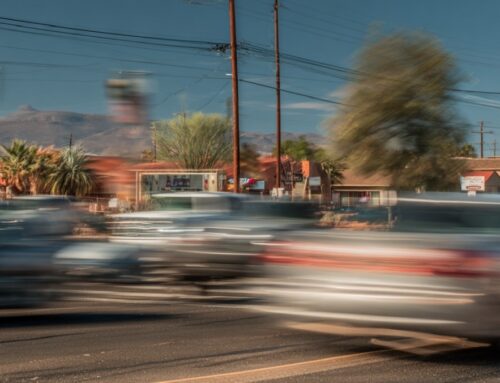New Mexico has a weird law when it comes to rideshare companies, and it lets them get away with some bad behavior. Specifically, they can refuse to pay for your injuries simply by claiming the app was not turned on.
Is that real? Can they prove it? What are your options when the rideshare company says “the app was off” so they don’t need to pay? Here’s everything you need to know.
Call us today if you need help.
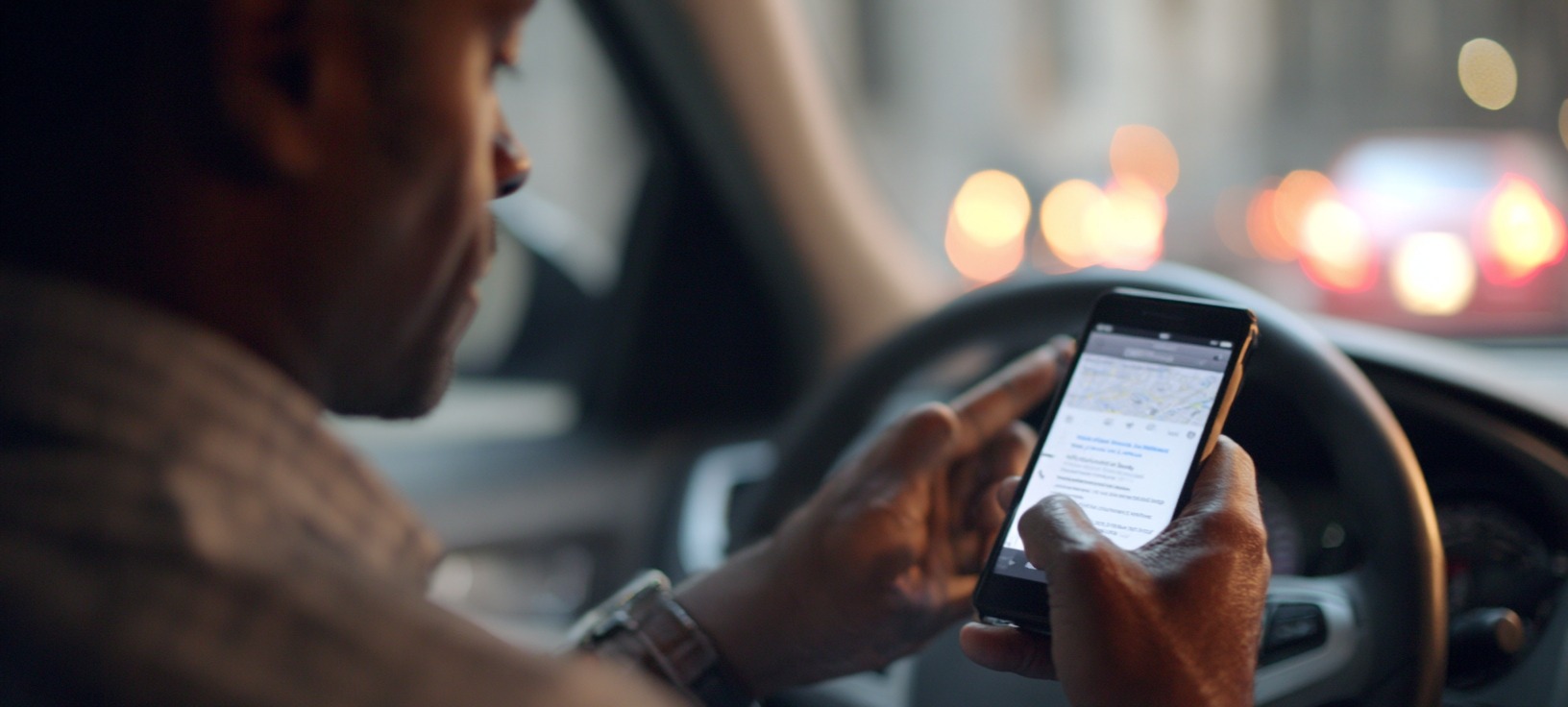
What Insurance Coverage Applies in an Uber or Lyft Accident in New Mexico?
Insurance coverage in a rideshare accident depends on the driver’s status on the app at the time of the crash. New Mexico law breaks down the coverage requirements into three distinct phases, and each phase triggers a different insurance policy limit. Here’s how it works:
-
Driver Offline (App Off): If an Uber/Lyft driver is not logged into the app, they are effectively off-duty. No special rideshare coverage applies in this situation. Any accident would be handled like a normal auto accident, meaning the driver’s personal auto insurance is responsible for any claims. (Uber or Lyft have no involvement at this stage.) New Mexico’s minimum liability limits for private drivers are relatively low ($25,000 per person in injuries, etc.), so if the driver only carries minimum coverage, that’s all that would be available to an accident victim. Important: If the driver was actually on the app but lies about it to avoid liability, the truth can be uncovered: Uber and Lyft maintain login records and must disclose the driver’s app on/off times in an accident investigation. So, if you’re hit by someone who claims to be off-duty but might have been driving for Uber/Lyft, the companies can be compelled to provide data confirming their status. You may need a car accident lawyer for this, though.
-
App On, Waiting for a Ride (No Passenger Yet): The moment a driver logs into the Uber or Lyft app and is available to accept rides, New Mexico’s TNC insurance requirements kick in. At this stage, there must be primary automobile liability insurance of at least $50,000 per person injured, $100,000 per accident (total for all injuries), and $25,000 for property damage. This coverage can be provided by the driver’s own special policy or (much more commonly) by a contingent policy from the rideshare company. In practice, Uber and Lyft maintain contingent liability insurance for this period, which becomes primary if the driver’s personal insurer does not cover the crash. Because most personal auto policies exclude coverage during commercial use (and New Mexico explicitly allows this exclusion), Uber’s/Lyft’s policy typically will handle claims for any accident that is the rideshare driver’s fault in this phase. However, note that the limits here (50/100/25) are higher than the state’s normal minimums but much lower than the $1 million coverage during active rides. So, if you are a third party injured by a driver who was online waiting for a fare, there is insurance available – but it might top out at $50k per person. If your damages exceed those amounts, you may have to look to other sources (like your own uninsured motorist coverage, or the driver’s assets) for full compensation, since the law doesn’t require $1 million until a ride is accepted.
-
Ride Accepted or In Progress (Passenger On Board): Once a driver accepts a ride request and is en route to pick up a rider, or actually has a passenger in the vehicle, the maximum coverage applies. New Mexico mandates at least $1,000,000 of primary liability insurance per incident during this period. This is the well-known $1 million policy that Uber and Lyft provide whenever a driver is carrying passengers or driving to them. It covers injuries and property damage if the rideshare driver is at fault in an accident. Additionally, uninsured/underinsured motorist coverage in an amount required by law must also be in effect for this period. (Uber’s policy typically includes $1 million UM/UIM in many states, protecting passengers if another driver causes the crash and lacks sufficient insurance.) In short, if you are a passenger in an Uber/Lyft or you are hit by an Uber/Lyft driver who is actively on a ride, up to $1 million in coverage is available to pay for injuries and losses. This is a significant protection for passengers, pedestrians, and other drivers involved. For example, if an Uber driver running a ride causes a multi-car pileup, injured victims can collectively claim against that $1 million policy. That’s far more than most personal auto policies provide. New Mexico’s law also specifies that if the driver’s own insurance (or any other applicable policy) doesn’t meet these $1 million requirements or has lapsed, the rideshare company’s insurance must step in as primary from dollar one. So there should never be a gap in coverage during an active ride. Either the driver’s commercial policy or, by default, the company’s policy will cover the accident fully up to the required limits.
It’s important to understand that these insurance requirements are written into state law. Uber and Lyft cannot opt out of them. They are obliged to maintain these coverages for operations in New Mexico. As a consumer or accident victim, this means you can be confident that a policy exists to cover your losses, depending on the driver’s app status.
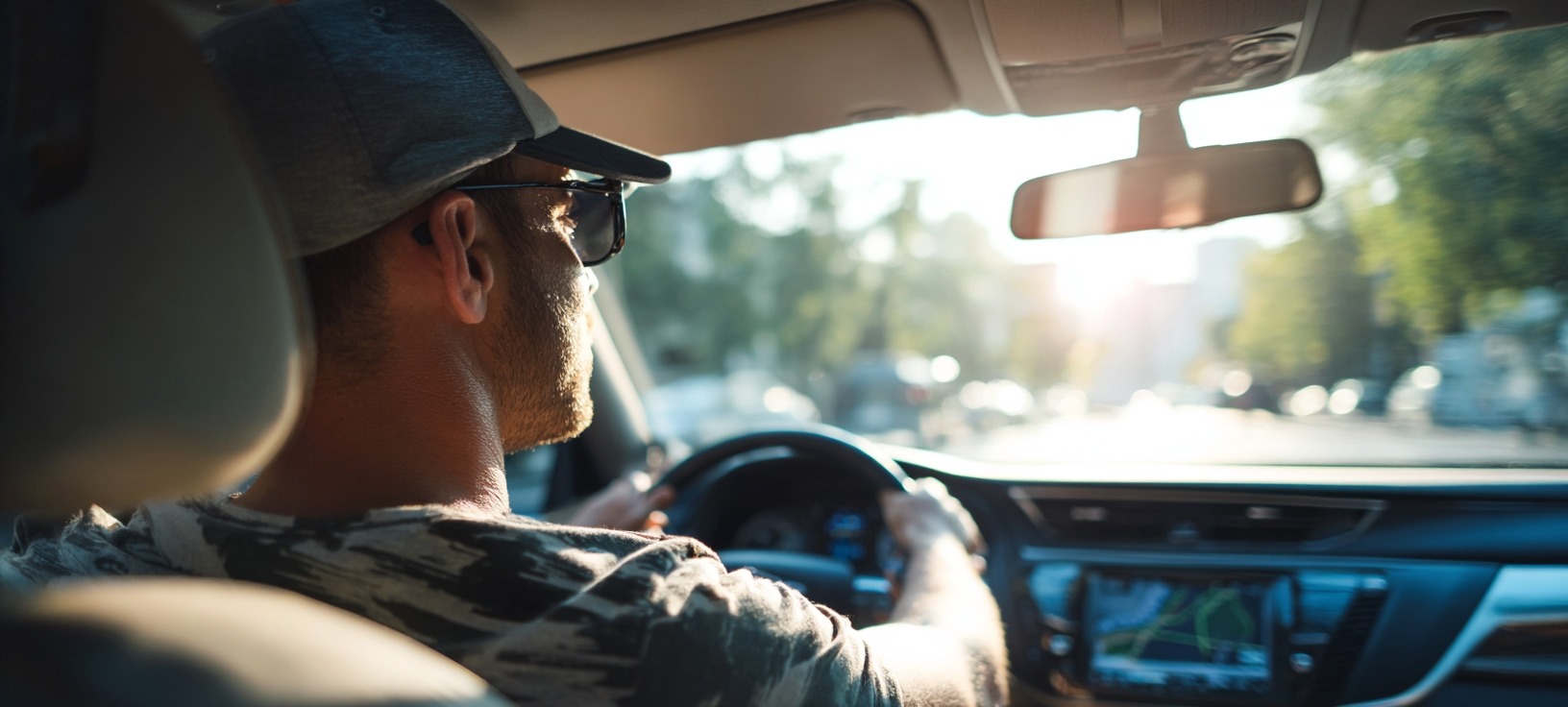
Why Does the Driver’s App Status Matter for Coverage?
The driver’s app status at the time of the accident matters because it determines which insurance policy applies and how much money might be available to pay for damages. In any Uber/Lyft accident case, one of the first questions to ask is: Was the driver logged into the rideshare app, and had they accepted a ride? The law makes a clear distinction between three scenarios (not logged in, logged in without a ride, and ride in progress), as discussed above, and each scenario has vastly different coverage. Here’s why this matters so much:
-
If the driver was off-duty (app off): The accident is treated like any ordinary collision. Only the driver’s personal auto insurance is in play, and Uber/Lyft provide no coverage at all in this scenario. If you were hit by the driver or you’re a passenger in the driver’s personal vehicle (not an Uber ride at that moment), you’re essentially dealing with a normal insurance claim. The available limits could be much lower, and if the driver carries only the minimum insurance, it might not fully cover a serious injury accident. Rideshare companies will typically deny any responsibility because the driver wasn’t working at that time.
-
If the driver was online waiting for a fare: Then the accident falls under the rideshare company’s contingent coverage (50/100/25 limits in NM). This means Uber or Lyft can be involved via their insurance policy, even if no passenger was in the car yet. Knowing this status can prevent a victim from mistakenly only pursuing the driver’s personal insurer (which will likely deny the claim due to the rideshare use). New Mexico law actually requires drivers and companies to be transparent about this. After an accident, the driver must inform all parties whether they were logged into a rideshare app at the time, and they must provide proof of the insurance coverage that applies. Likewise, Uber/Lyft are obligated to cooperate in disclosing the driver’s login records and insurance details during claims investigations. This transparency is mandated so that victims aren’t left guessing which insurer should cover the loss. In practical terms, if you’re in a crash and suspect the other driver might have been working for Uber or Lyft, it’s important to ask and gather evidence of their status. The police report, for instance, might note if it was a commercial/rideshare vehicle. And because the driver’s app status activates a higher insurance obligation, it can significantly affect the compensation available to you.
-
If the driver was on an active ride: Then Uber/Lyft’s $1 million policy is in effect, which is obviously a game-changer in terms of available coverage. If you’re a passenger, this means you have up to $1 million of coverage protecting you (through the driver’s liability policy and possibly UM coverage) for any injuries. If you’re a third party hit by the Uber driver, it means you can file a claim against that $1 million liability policy for your damages. In either case, it’s vital to confirm that the driver was indeed “engaged in a prearranged ride” as defined by law (accepted a ride or had a passenger). Sometimes after a crash, a rideshare driver might claim they weren’t working to avoid complications; but the digital records will show the truth. Uber and Lyft keep logs of when a trip is accepted and completed, and New Mexico can require them to produce this information. So, determining app status is not only important for insurance reasons but is also something that can be objectively verified with data. You should make sure the responding police officer knows it was a rideshare trip (if you’re a passenger, this will be obvious; if you’re a third-party victim, you might need to ask the driver or look for the Uber/Lyft trade dress in their car). This will go into the accident report and streamline the claims process with the correct insurance.
In summary, the driver’s app status essentially flips the switch between personal insurance and the commercial policy. It’s the difference between having perhaps $25,000 versus $1,000,000 available to cover your losses. New Mexico’s law recognizes this and built in requirements for disclosure and coverage to ensure everyone knows which bucket of insurance applies. Always relay the driver’s status to your attorney or the insurance companies involved; it will determine the path of your claim. If there’s any doubt, the law empowers investigators to get the login/logout records from the rideshare company. Never simply take a driver’s word for it if they insist they were “off the clock.” That detail should be verified, given its impact on your rights.
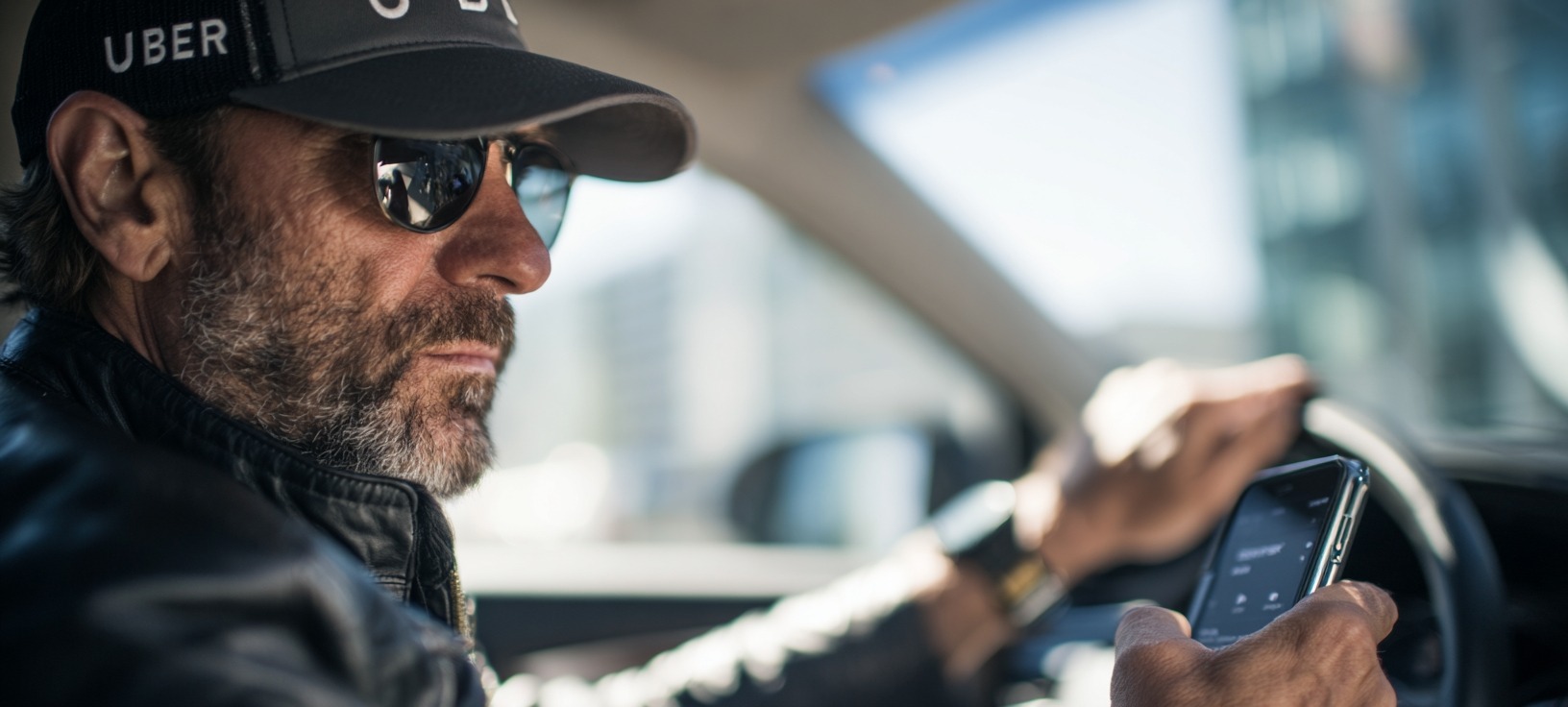
What can you do about it if they claim the app was off?
When a rideshare driver or company claims the app was turned off at the time of your accident, don’t accept this at face value. These claims are often made to avoid the higher insurance obligations that kick in when drivers are actively working. Fortunately, New Mexico law provides several powerful tools to uncover the truth and hold the right parties accountable for your injuries.
Digital Records Don’t Lie
The most important thing to remember is that Uber and Lyft maintain comprehensive digital records of every driver’s activity. These companies track when drivers log in and out of their apps, when they accept ride requests, their GPS locations, and detailed trip information down to the minute. This data exists whether the driver admits to working or not, and it creates an objective record that can’t be altered after an accident occurs.
These digital footprints are far more reliable than a driver’s word, especially when they have financial incentive to lie about their status. If a driver claims they were off-duty but was actually logged into the app waiting for rides, or had just completed a trip moments before the crash, the data will reveal this deception. Similarly, if they claim they had logged off but were still showing as available to passengers, the electronic records will expose this falsehood.
Legal Tools to Get the Truth
New Mexico law specifically requires rideshare companies to cooperate in accident investigations and provide driver status information. If Uber or Lyft initially refuses to disclose whether their driver was active at the time of your crash, legal action can compel them to produce these records. This process, called discovery, allows your attorney to demand specific documents and data from the companies. It requires filing a lawsuit, and it can be expensive and complicated, so be sure to contact a great Albuquerque car accident lawyer.
Courts have consistently ruled that accident victims have the right to access this information when it’s relevant to determining insurance coverage and liability. Rideshare companies cannot hide behind privacy claims or trade secrets when their driver’s status directly impacts your ability to recover compensation for serious injuries. The companies are required to maintain these records and must produce them when properly requested through the legal system.
Immediate Steps to Protect Your Rights
If you suspect a driver might have been working for Uber or Lyft at the time of your accident, take action immediately to preserve evidence. Look for rideshare company decals, trade dress, or other indicators in or on the vehicle. Ask the driver directly if they were logged into any rideshare apps, and make sure this information gets included in the police report. Even if the driver denies working, note any suspicious circumstances that suggest otherwise.
Document everything you can about the scene, including the time of day, location, and any passengers who might have been in the vehicle. Take photos of the car’s interior and exterior, paying attention to phone mounts, rideshare accessories, or anything else that suggests commercial use. Witnesses can also provide valuable testimony about whether they saw the driver using a phone app or if the vehicle appeared to be operating as a rideshare.
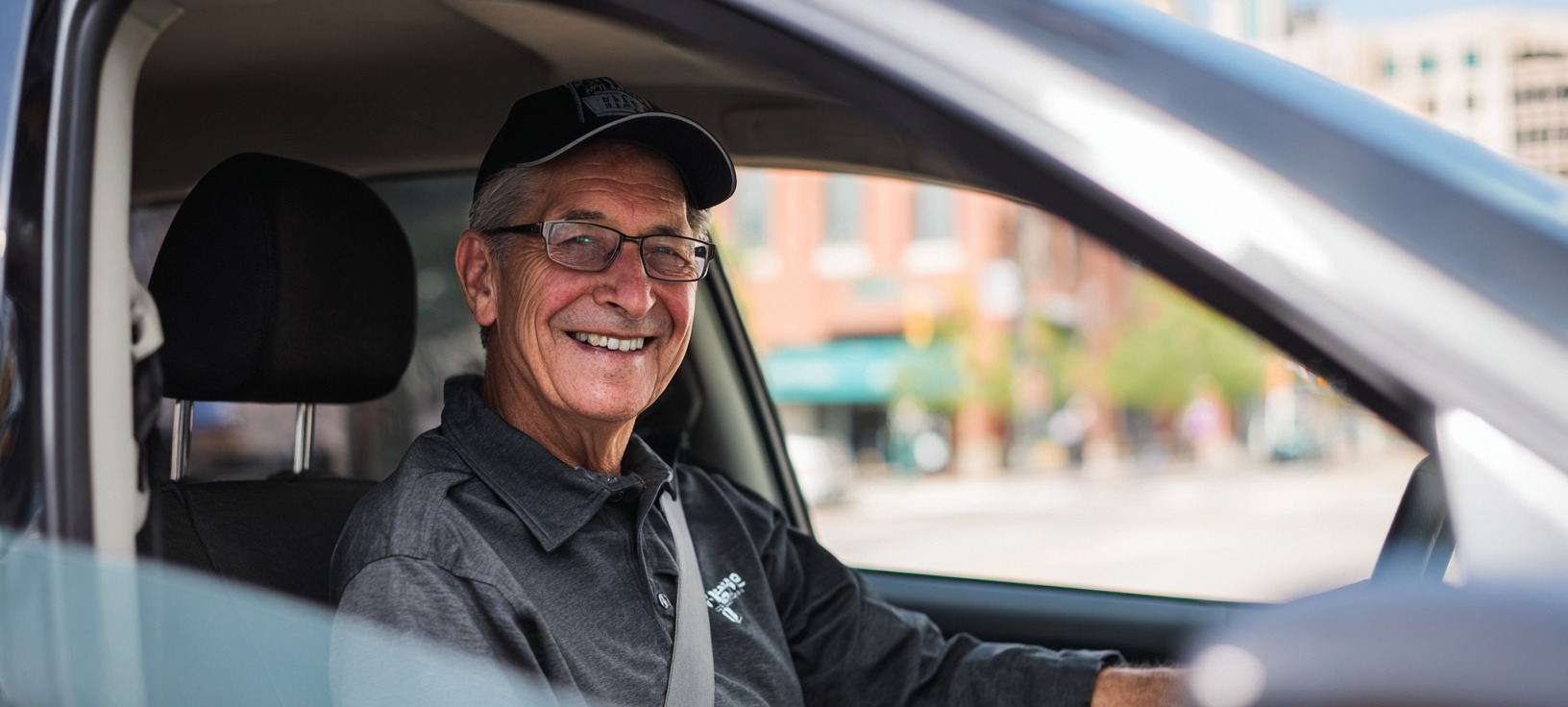
Fighting Back Against False Claims
When rideshare companies or their insurance carriers claim the app was off, they’re often buying time to investigate whether they can avoid paying your claim. Don’t let them string you along with delay tactics while you’re facing mounting medical bills and lost income. An experienced attorney can immediately begin the process of obtaining driver records and app data to establish the truth.
Remember that insurance companies have teams of investigators and lawyers working to minimize what they pay out. They know that many accident victims don’t realize they can challenge these “app off” claims or don’t know how to access the digital evidence that could prove their case. By acting quickly and aggressively to obtain the real facts, you level the playing field and ensure the responsible parties can’t escape their obligations.
The Stakes Are Too High to Accept Their Word
The difference between personal auto insurance and rideshare coverage can mean the difference between recovering $25,000 versus $1,000,000 for your injuries. With stakes this high, you cannot afford to simply accept a driver’s or company’s claim that no commercial insurance applies. Even if the driver genuinely believes they were off-duty, they might be mistaken about their exact status, or there might be technical issues with how the app recorded their activity.
In some cases, drivers attempt to log off immediately after an accident to create the appearance they weren’t working, but the timestamp data will show their actual status at the moment of impact. Other drivers might claim they had finished their last ride and were driving home, when in reality they were still logged in and available for new trips. These distinctions matter enormously for your recovery, and only the digital records can provide definitive answers.
New Mexico’s rideshare law was specifically designed to prevent companies from escaping responsibility through technicalities or false claims about driver status. The law recognizes that billions of dollars in coverage shouldn’t hinge on the honesty of a driver who just caused a serious accident. By demanding access to the objective digital evidence and holding companies accountable for their legal obligations, you can ensure that the right insurance policy pays for your damages and that you receive the full compensation you deserve under the law.


